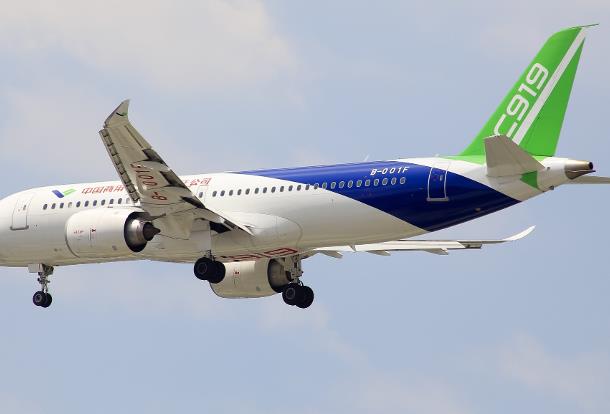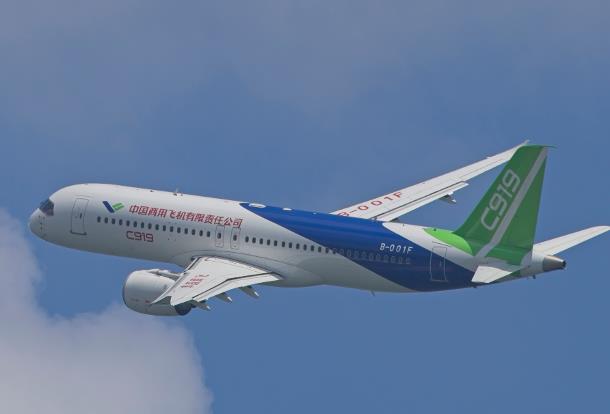
Europe’s aviation safety regulator EASA recently stated that China’s C919 jetliner is unlikely to receive European airworthiness certification by 2025.
Florian Guillermet, Executive Director of EASA, said in an interview with French media that the Chinese-made aircraft will need at least another 3 to 6 years before gaining approval, citing the need to verify design and some components.
Some analysts believe that "the reliability and safety of the C919 must be proven through more flights, and it is normal for regulators to maintain a skeptical and strict review attitude." Indeed, there are technical barriers.
However, the prolonged certification process may not be solely due to technical reasons.
The C919 obtained its airworthiness certificate from the Civil Aviation Administration of China (CAAC) as early as 2022 and completed its first commercial flight in 2023, officially entering service.
Yet, in the global market, airworthiness certifications from both the U.S. and Europe remain significant hurdles for the C919's international expansion. On the American front, the FAA has not yet initiated the certification process for the C919; in Europe, approval is still pending.
In contrast, domestically, the C919 has rapidly captured the market since its debut. China Eastern Airlines expanded its initial order of 5 aircraft to 105, while the combined orders from the four major state-owned airlines have exceeded 300.
Against the backdrop of Sino-U.S. tensions, several Chinese airlines have suspended deliveries of Boeing aircraft, fueling unprecedented demand for domestic alternatives. Even before venturing overseas, the C919 has already secured a strong foothold in the domestic market.
However, COMAC's vision extends beyond China.
While the C919 has yet to gain international access, the smaller ARJ21 (now renamed C909) has already taken the first step abroad.
Several countries, including Indonesia, Laos, and Vietnam, have introduced the C909 for commercial operations:
*Indonesia's TransNusa: Received its first C909 in December 2022 and launched commercial flights in April 2023.
*Lao Airlines: Took delivery of its first C909 in March this year, after obtaining type validation from the Lao civil aviation authority.
*Vietnam's VietJet Air: Leased two C909s from Chengdu Airlines in April to operate the "Hanoi — Con Dao — Ho Chi Minh City" route.
A common trait among these countries is their willingness to accept China's airworthiness system, providing replicable "outpost experience" for the C919's future global expansion.
Meanwhile, competitive tension is growing in the Western aircraft market. In April 2024, Airbus’s global deliveries fell to around 55 units, not due to lack of demand, but due to engine shortages. Production is expected to decline further in the first half of 2025.
Boeing is also under pressure. Europe’s largest low-cost airline, Ryanair, recently warned that it might cancel hundreds of Boeing orders if trade-war tariffs drive up aircraft prices—openly considering alternatives, including COMAC.
That said, COMAC still faces production limitations. According to IBA Insight:
• C919: 18 aircraft/year (2025 projected)
• Boeing 737 MAX: 448 aircraft/year
• Airbus A320neo: 654 aircraft/year
EASA’s projected 3–6 year certification timeline appears less like a purely technical process and more like a strategic buffer for Europe.
Even Guillermet admitted: “Once certified by EASA, the C919 would gain international value, which would help COMAC expand in markets such as Africa and Asia.”
Indeed, many countries model their certification procedures on EU standards.
For decades, Airbus and Boeing have dominated the global single-aisle aircraft market. But now, with supportive policy, growing domestic demand, and advancing technology, China’s homegrown jetliner is gradually taking flight.
Notably, recent developments between China and the EU—such as lifting mutual travel restrictions—also hint at warmer bilateral ties, potentially paving the way for closer aviation collaboration in the future.




